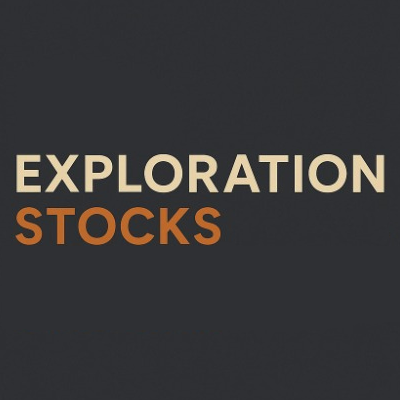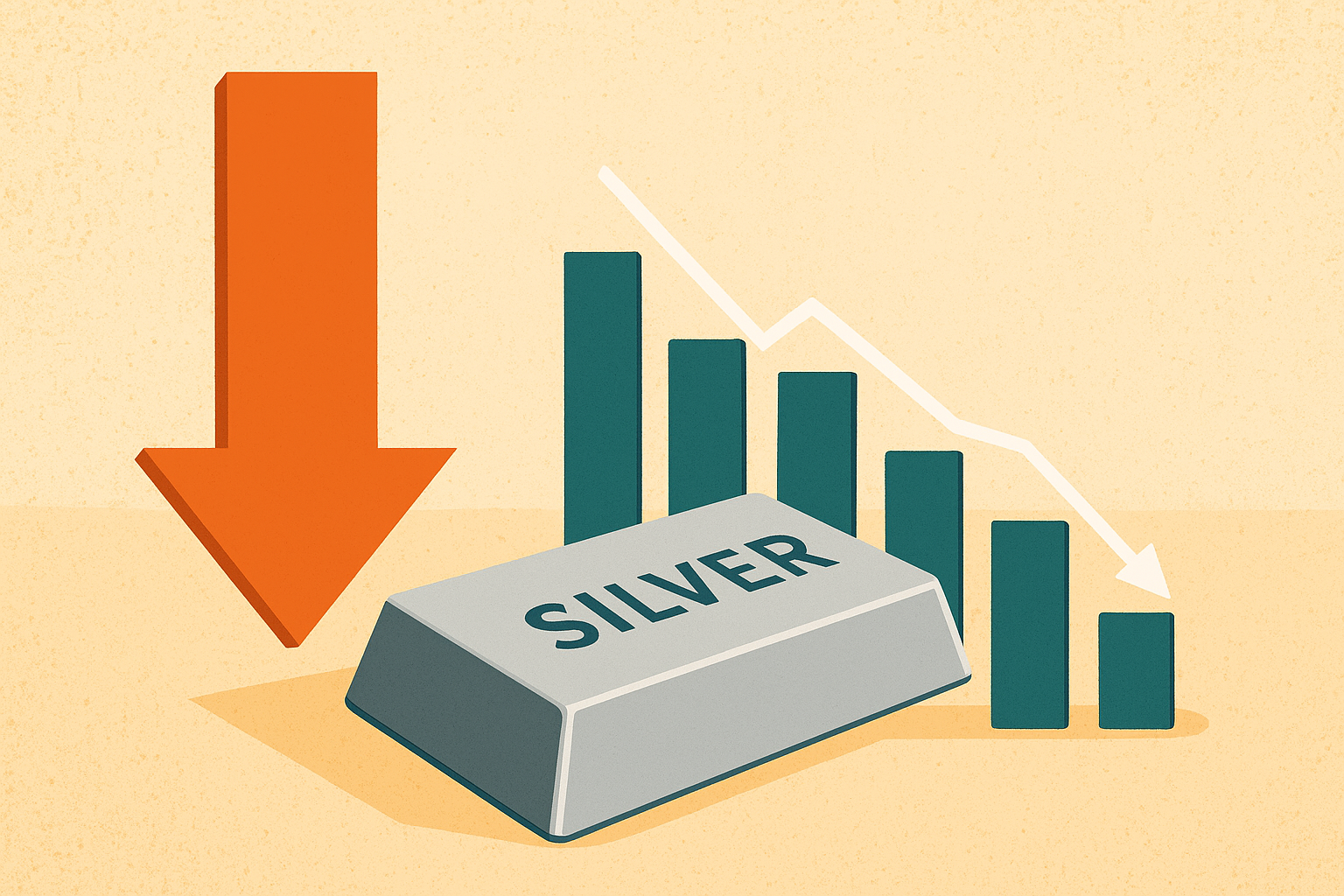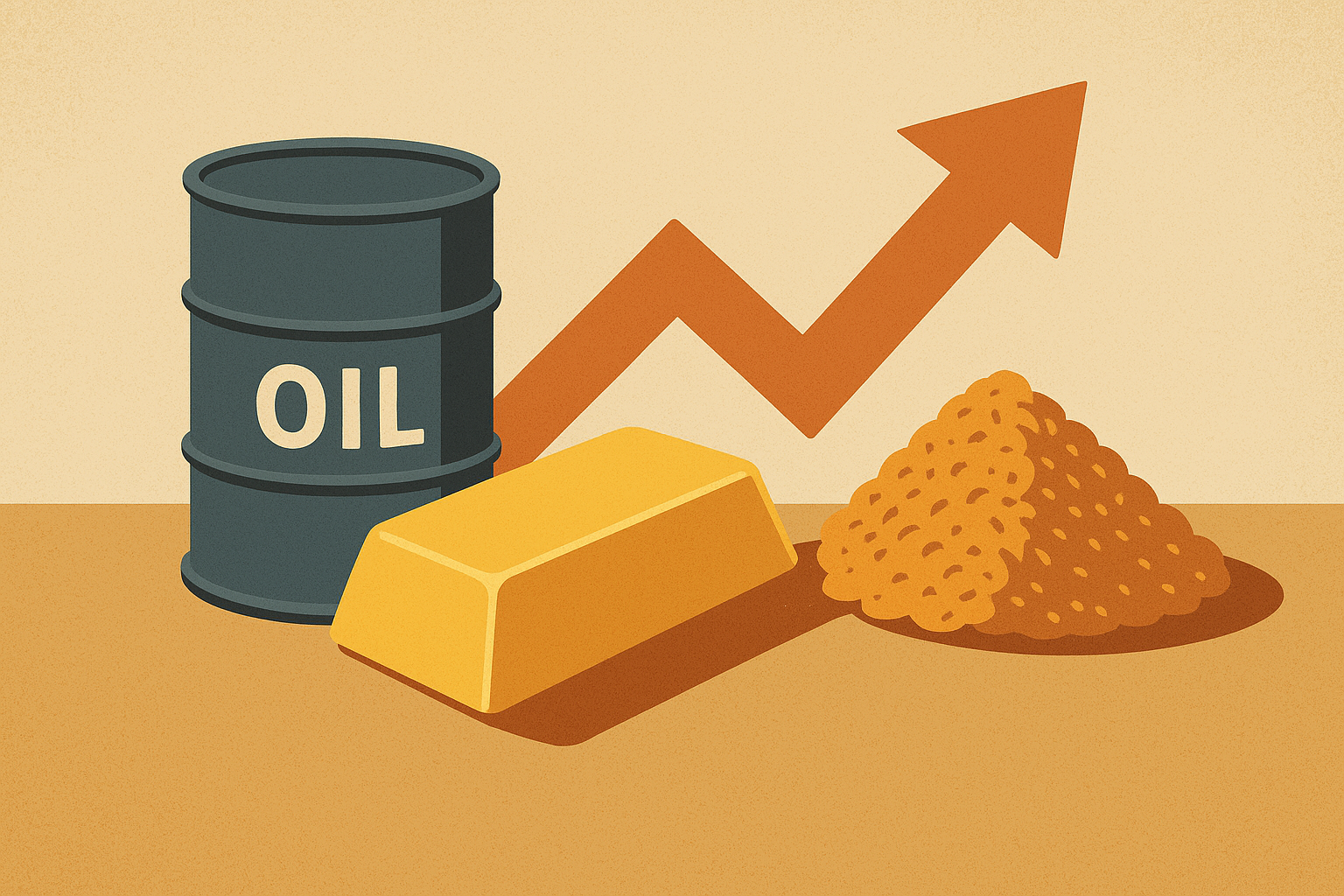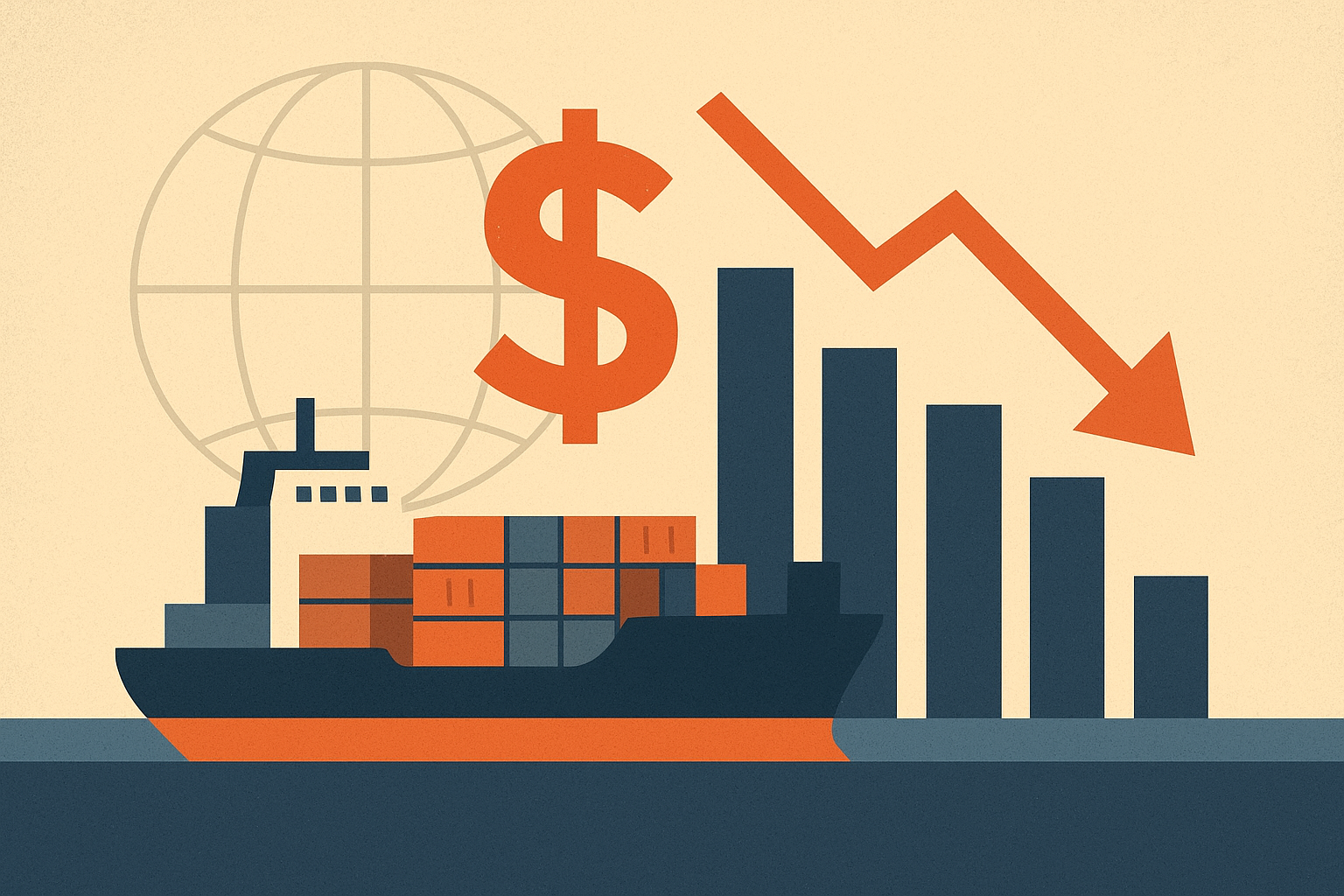Global markets are once again focused on China—not for its slowing property sector or monetary policy pivots, but for the surge in its steel exports. According to Reuters (Sept 16, 2025), China’s steel shipments are set to grow 4–9% this year, reaching a potential 115–120 million metric tons, a record not seen in nearly a decade. For investors, this development is more than a headline: it represents a structural force that could ripple across commodities markets, pressure global producers, and trigger heightened trade tensions.
Why This Matters for Investors
Steel is often referred to as the backbone of industrial economies. From infrastructure to automotive and construction, steel demand serves as a bellwether for broader economic activity. Yet China’s growing exports paint a more nuanced picture.
- Weak domestic demand: With China’s real estate sector still under stress and infrastructure spending unable to fully offset the slowdown, steelmakers are turning outward to offload surplus production.
- Global oversupply concerns: The expected export surge of 115–120 million tons comes at a time when many regions—particularly the U.S. and Europe—are ramping up protectionist policies to shield their domestic industries.
- Potential price pressure: An influx of cheaper Chinese steel threatens to weigh on global steel prices and, by extension, on upstream commodities like iron ore, coking coal, and base metals that feed the steelmaking process.
For investors, the message is clear: while steel demand in emerging economies may absorb some supply, the balance of power in pricing is shifting, with implications across multiple commodities.
Trade Tensions on the Rise
Trade friction is not new when it comes to Chinese steel. The World Trade Organization (WTO) has overseen multiple disputes involving accusations of dumping—selling below domestic cost to gain global market share. This time, the scale of exports could prompt even broader countermeasures.
- Tariff risks: Analysts at Bloomberg Intelligence note that U.S. and EU authorities are already signaling potential tariff reviews to counteract the influx.
- Emerging markets at risk: Countries in Southeast Asia, Africa, and Latin America could see their local steel producers squeezed by cheaper imports, potentially leading to regional political pushback.
- Policy watch: India, which is rapidly expanding domestic steel capacity, may be forced into defensive trade measures to protect its own market.
For investors holding positions in global steelmakers such as ArcelorMittal, Tata Steel, or U.S. Steel, as well as mining giants like Rio Tinto and Vale, the potential for tariff escalation introduces significant policy risk.
The Bigger Picture: Industrial Metals in Transition
The record surge in steel exports also highlights a broader trend in industrial metals: the imbalance between supply and demand in key commodity markets.
- Iron ore: China remains the largest buyer of seaborne iron ore, yet higher steel exports may dampen domestic iron ore demand growth, potentially limiting price upside.
- Nickel and zinc: Overcapacity in steel could spill into related alloying metals like nickel and zinc, with secondary price pressures if global steel consumption doesn’t keep pace.
- Decarbonization efforts: Global buyers are increasingly seeking “green steel,” produced with lower emissions. China’s dominance in traditional steelmaking could face reputational and regulatory headwinds as environmental standards tighten in export markets.
Future Trends to Watch
- Policy shifts in the U.S. and EU: Any fresh tariffs or anti-dumping measures could reshape trade flows and directly impact global steel and iron ore prices.
- China’s property sector recovery: If Beijing implements stronger stimulus, domestic demand could rebound, reducing export pressure.
- Supply-chain diversification: Countries pushing for localized production of industrial metals may benefit from rising concerns over China’s dominance.
- Green steel premiums: Investors should monitor companies investing in hydrogen-based steelmaking and lower-emission technologies, as these firms may gain competitive advantage amid tightening ESG requirements.
Key Investment Insight
For now, global oversupply and rising exports from China suggest downside risk for steel and related commodities. Investors should:
- Stay alert to tariff announcements that could shift trade flows abruptly.
- Diversify exposure across commodities to mitigate single-metal volatility.
- Monitor ESG trends, as “green steel” initiatives may unlock premiums and new investment opportunities.
China’s record export push is both a warning sign and an opportunity. While it threatens to suppress prices in the short term, it also opens the door for governments, producers, and investors to reassess supply chains, trade policies, and sustainable production strategies.
Stay with explorationstocks.com for daily insights on commodities, metals, and critical minerals that matter most to investors.






